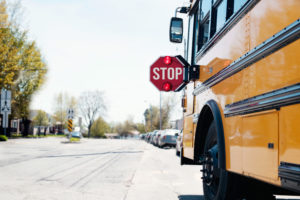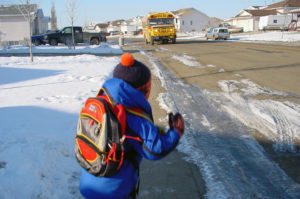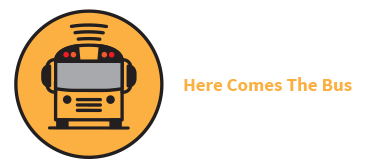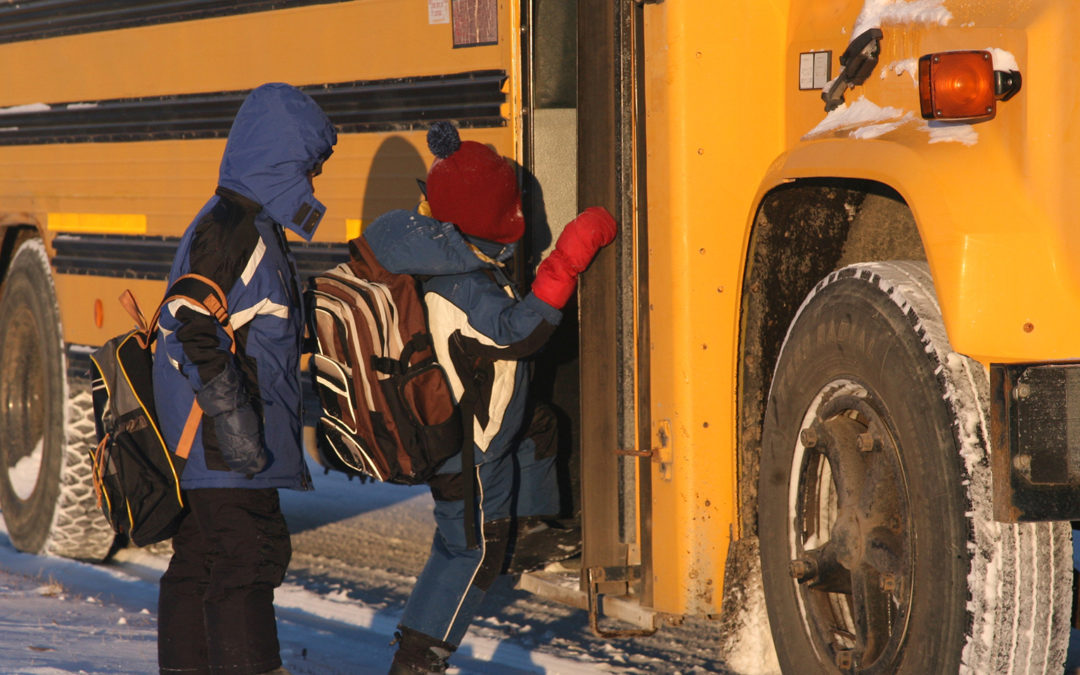How many businesses still use paper timesheets to record work hours?
And how many organizations are willing to pay for employees to socialize?
These are questions school transportation directors ask themselves regularly as the industry strives to break out of its entrenched way of doing business and adopt the best practices of private industry.
For more advanced businesses or government operations, paper has gone the way of the smoking break room while automated time clocks are designed the start the work day when the work commences, not when the first cup of coffee is poured.
Yet many school districts continue to rely on pen, paper and honor system to manage the driver payroll.

Before the integration of Synovia’s Time and Attendance tool, one of Indiana’s largest school bus fleets was taxing their internal systems with the outdated payroll management system.
Drivers were filling in their own hours on half sheets of paper which then had to be input manually by a payroll administrator who was also tasked with acting as referee for appropriate hours claimed.
With nearly 200 bus drivers, it’s difficult to calculate how significantly this antiquated system led to wasted time and energy across the fleet.
But it’s surely a significant sum.
This Indiana Public School District now saves time, money and has cleaner reporting to share with district leadership thanks to the Synovia’s Time and Attendance software.
“We used to pay for anything and everything and sometimes nothing at all,” said Fleet Director, Donley Bell. “With hundreds of drivers and the turnover we face in this industry, we simply had to trust our drivers and also our administrators to keep it all straight. But it was a lot of paper and a lot of stress for everyone involved.”
The district has relied on Synovia as its GPS-powered Fleet Intelligence solution provider for more than a decade. Their comfort and familiarity with the hardware and software allowed them to make the additional investment to integrate the Time and Attendance feature into their solution.
“Today drivers log in on their bus and we know we’re paying them for time on the bus,” a transportation administrator said.
“And when you add that Pre and Post-Trip Inspection feature, we can see what time they began their shift and how long they really spent on the inspection. It’s a powerful tool to keep track of the metrics that matter to us: managing our costs and safety.”

TECHNOLOGY DELIVERS A SMARTER SCHOOL BUS
Every night while Bell is sleeping and hours before the garage and lot rumble to life, Synovia’s software is preparing 17 fresh reports that help him track his fleet.
The emails arrive a few minutes after 2 a.m. each day, highlighting the driver behaviors he’s deemed essential to optimizing his fleet.
The reports highlight three key metrics: speeding, idling and the time the driver left their garage.
“We need to know our drivers are maintaining our commitment to safety and following the regulations we’ve set around idling,” he said. “And the last report is probably the most important to our parents and students as on-time departure from the lot means the drivers will be on time to make their stops.”
The reports are organized so that offenders jump off the spreadsheet and make it easy for him to train and coach drivers back toward positive behaviors.
But the transportation official stresses he’s not out to be a policeman.
“We’re reasonable about drivers going a few miles over the limit on the interstate and we have a sliding rule for idling that recognizes we have days here that are so cold we can’t ask our drivers to turn the engine off at all, but we also know that going 10 miles over the limit it unacceptable and that idling just to run the air conditioner when it’s 82 degrees is not a good use of taxpayer resources,” he said.
“We have the objective data to remind drivers that we’re going to stay on top of them for breaking the rules, but we aren’t trying to get anyone in trouble either. We just want everyone to all be working toward safety and responsibility.”

PROTECTING DRIVERS, PROTECTING THE FLEET
In a larger city with approximately 200,000 citizens and several school districts sharing the same roads, the public can be easily confused about which bus belongs to which district.
And that can lead to confusion when buses are involved in accident or a citizen believes they’re driving inappropriately.
The district safety coordinator the school bus fleet and relies on the objective GPS data provided by Synovia to separate fact from fiction when it comes to complaints from members of the community.
“We got a call recently from a member of the public who was certain that our bus – either number 120 or 102 – was driving down a major street with its door wide open and side swiping parked cars,” the safety coordinators recalled. “I was able to pull up the GPS history while the person was on the phone and assure them that none of our buses were on that street when she witnessed the alleged incident.”
She agreed with Synovia’s findings that the GPS data protects far more employees than it implicates.
“For a district as large as us, members of the public see a bus doing something it should not and they assume it’s ours,” she said. “And we’re able to pull the information immediately without involving the driver or supervisor or anyone in the garage and know if we can direct them to another district or investigate further.”
She recalled an incident recently in which a bus struck two parked vehicles and drove away.
“This happens sometimes as the buses are so big and high enough that drives can bump another car and not even be aware,” she said.
“It’s not that drivers are trying to leave the scene, it’s that they are unaware and the GPS systems allow us to confirm it was our bus and move on to resolve the situation with the other motorists and coach the driver on how they can be more careful.”

SAFETY, SAFETY, SAFETY
Sometimes the biggest risk comes from where you least expect it.
A school official was driving on a Saturday morning when he witnessed one of the fleet’s special purpose buses (SPB) driving well in excess of the speed limit.
The SPBs are known to the public as the short bus and don’t require a special license or training, making them ideal to transport small groups driven by coaches, teachers or other non-transportation related employees.
The transportation department was able to pull up the GPS data to track down the exact bus he saw and then the coach who was driving it.
“Without GPS, we would never have been able to have that conversation about safety and appropriate driving with the coach and his supervisor,” the school safety official said. “It was powerful to be able to show them the vehicle history and speed to drive home the point.”

THE SATURDAY SAFETY CHECK
The transportation official said Synovia’s mobile app is especially appreciated by the staff who manages the fleet on the weekends.
Every Friday later in the afternoon a bus returns to the garage from its more than 200-mile round trip from Indianapolis carrying the districts deaf and blind students who attend a special school in the capital city.
Garage supervisors breathe a sigh of relief when they open their app on a frigid winter evening and see the bus has arrived home safely and delivered some of the district’s most vulnerable students to their families.
“It’s extra features like that that give you that peace of mind that we really value over time, knowing those students are home and safe and the bus got through bad winter weather is a great feeling,” he said.

